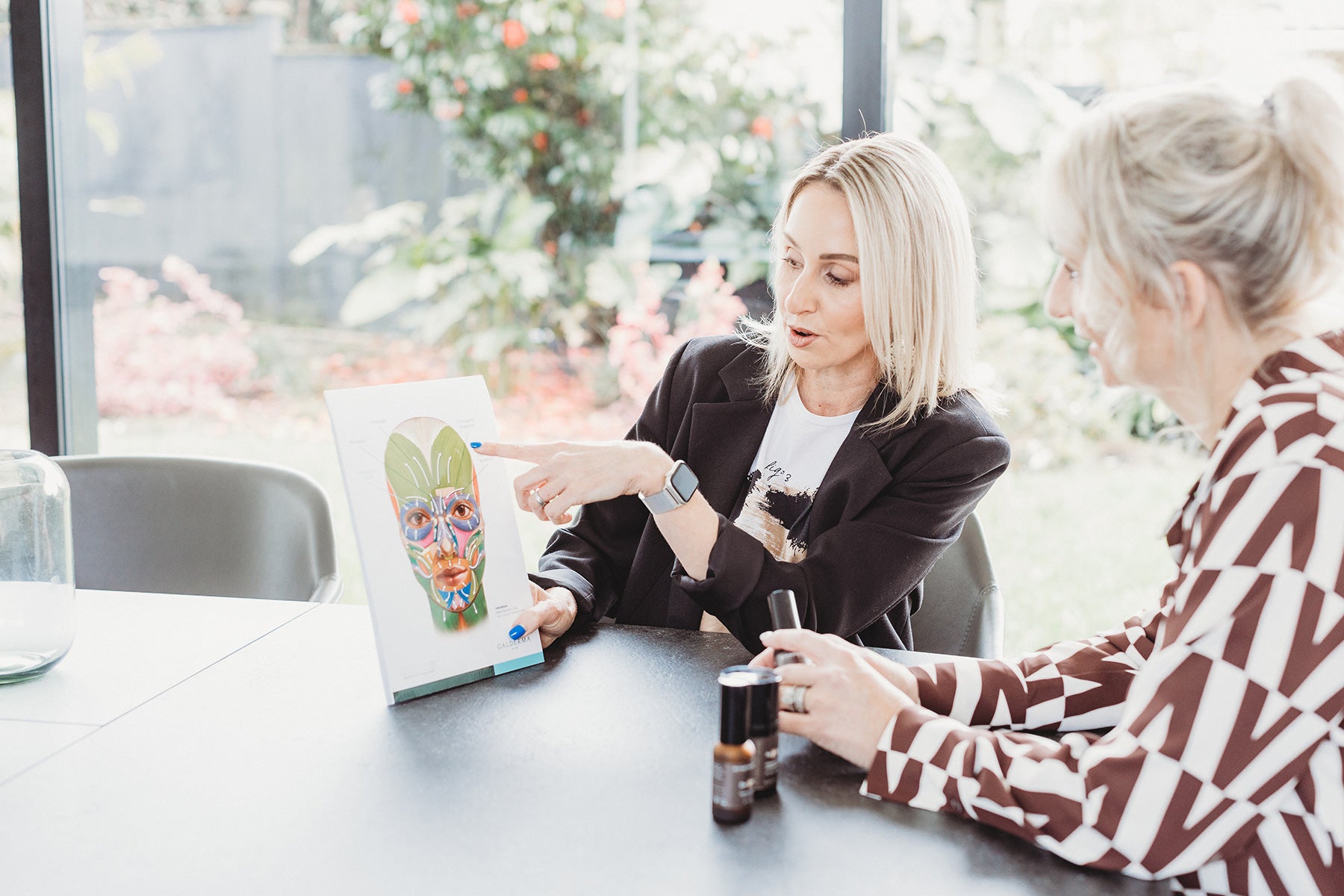Chemical Peels
About the treatment
What are Chemical peels?
A chemical peel is used to improve your skin's appearance, texture and tone. It uses chemical solutions to remove dead and damaged skin cells, resulting in brighter, smoother skin.
A chemical peel also stimulates cell turnover and improves active skincare absorption, leading to better results from your skincare products.
It's a highly effective treatment that is a good option to minimise fine lines and wrinkles, sun damage, acne, acne scarring, hyperpigmentation, rosacea and uneven skin tone.

A chemical peel uses acids or enzymes to exfoliate your skin's surface, which removes dead skin cells and reveals the healthy skin underneath.
It also helps promote healthy skin cells and new cellular growth.
We usually recommended 4–6 treatments, depending on the skin concern we're treating. You can choose to continue with monthly or seasonal maintenance peels to help maintain results.
Some people experience heat or prickling when the peel is on. This is completely normal and doesn't last long.
No. There are many different types of peels that treat different skin
concerns, and results can vary. During your consultation we'll complete a full skin assessment and recommend the peel that's right for you.
Mild to moderate flaking a few days after your peel may occur, depending on the depth of the peel used. Therefore, we recommend scheduling a chemical peel around any special events or social commitments.
We usually recommend waiting four weeks between peels, although for some skin conditions, such as acne, a chemical peel can be repeated every two weeks.
Chemical Peels should be avoided if you:
- are pregnant or breastfeeding
- are sunburnt
- have an active skin infection or inflammation
- have taken Accutane (isotretinoin) in the past six months.
If you're prone to cold sores we advise the use of prophylactic medication prior to a peel.
People with increased pigmentation will need to use a tyronaise inhibitor at least two weeks prior to a chemical peel to decrease the risk of hyperpigmentation.
